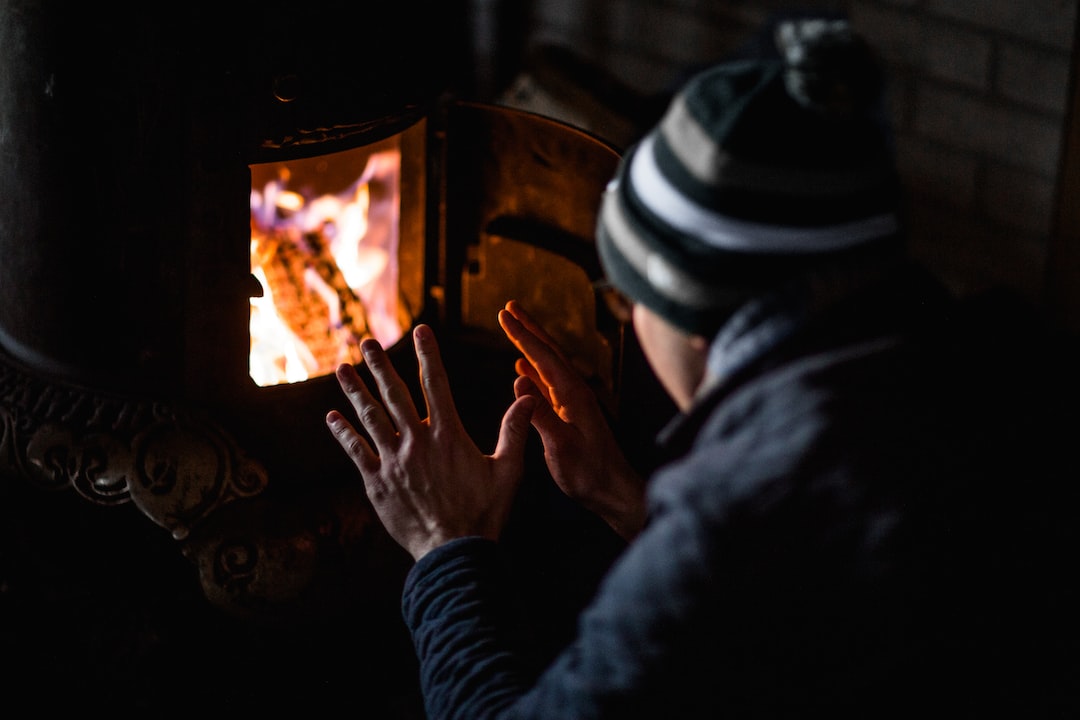
Cold Weather Warning
When the weather is this cold throughout the nation, I must express a serious warning about one of the most dangerous gases that exists. People run gasoline generators in their homes or garages; they burn fuels inside a house without proper ventilation, and sometimes they just forget to turn the engine off in the car sitting in the garage. This is especially serious with newer cars that have no key, and if they are hybrid, may not even be running when you walk into the house, unknowingly leaving the car running.
WARNING—EXTREMELY DANGEROUS
These frightening terms, WARNING, EXTREMELY DANGEROUS, are actually not sufficient to convey the danger you face when carbon monoxide is present in your home or car. Let me tell you something about carbon monoxide and its extremely poisonous nature.
Red blood cells take in oxygen when you breathe. Your heart circulates blood throughout your body in a complete circuit every one or two minutes. The air you breathe needs between 15% and 20% oxygen present to keep your red blood cells supplied with sufficient oxygen, as the cells pass through your lungs. That oxygen-rich blood is pumped by your heart throughout your body, which requires a continuous supply to live.
Carbon monoxide is a colorless, odorless, tasteless, and extremely poisonous gas. Carbon monoxide need be present only at one-half of one percent concentration to supply itself to your red blood cells as a replacement for oxygen. In other words, when the air you breathe contains 20% oxygen and 0.5% carbon monoxide, and the rest is normal nitrogen and carbon dioxide, all of your red blood cells will pick up carbon monoxide, instead of oxygen, even though there is plenty of oxygen present. This is because red blood cells (hemoglobin) have a three hundred times' greater affinity for carbon monoxide than for oxygen. At this minute concentration of only 0.5% carbon monoxide in the air, you will die in less than 10 minutes.
When you have been exposed to even these small concentrations of carbon monoxide for even a short time, getting out to fresh air may not help. It may already be too late. The red blood cells must release the carbon monoxide before they can again pick up life-sustaining oxygen, and red blood cells give up carbon monoxide one thousand times more slowly than they give up oxygen. Thus, even in very small concentrations, carbon monoxide is an extremely dangerous and deadly gas. The fact that you cannot see it, taste it, or smell it adds to the extreme danger. The first symptoms of carbon monoxide poisoning are dizziness, fatigue, and headaches; these last only a few minutes; then there is unconsciousness and death.
Since small concentrations of carbon monoxide are so dangerous, and you can neither see it nor smell it, you cannot take chances.
How do you protect yourself from carbon monoxide poisoning? There are several important ways:
- Make certain to have carbon monoxide detectors in your house, especially in bedrooms.
- Never run a gasoline- or diesel-powered generator in any way that allows exhausts to get into your house, porch, or garage.
- Do not use a barbecue grill or heater in a house, room, or closed space. Even ventilation may not be enough. Do it outside.
- Never run a car engine in a garage with the door closed. Don't even run it while in the garage with the door open.
- Never drive your car with a defective muffler or tailpipe. A small hole in the muffler or tailpipe can easily leak carbon monoxide into your car.